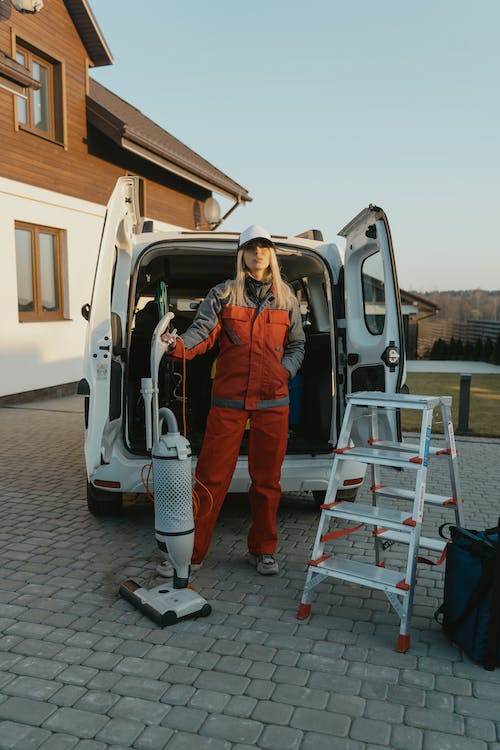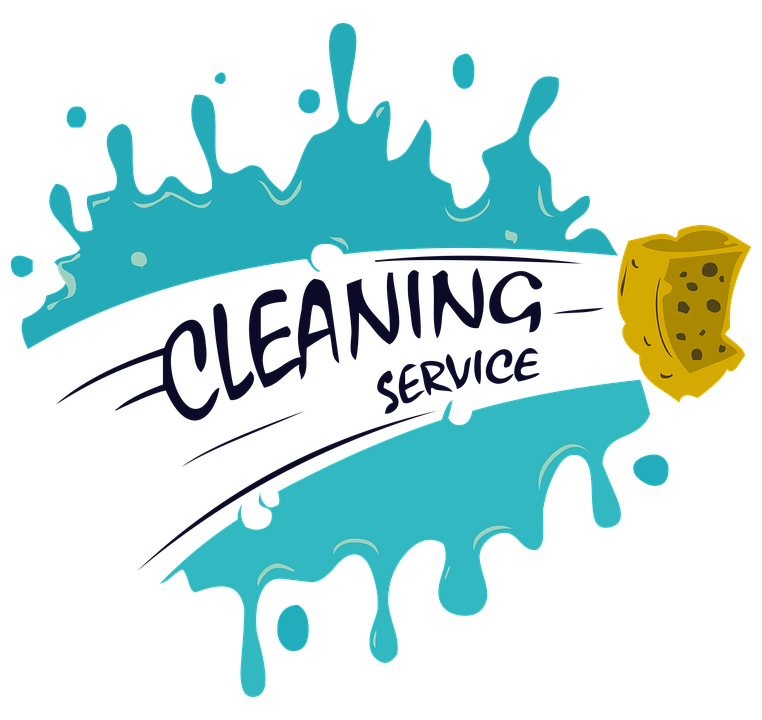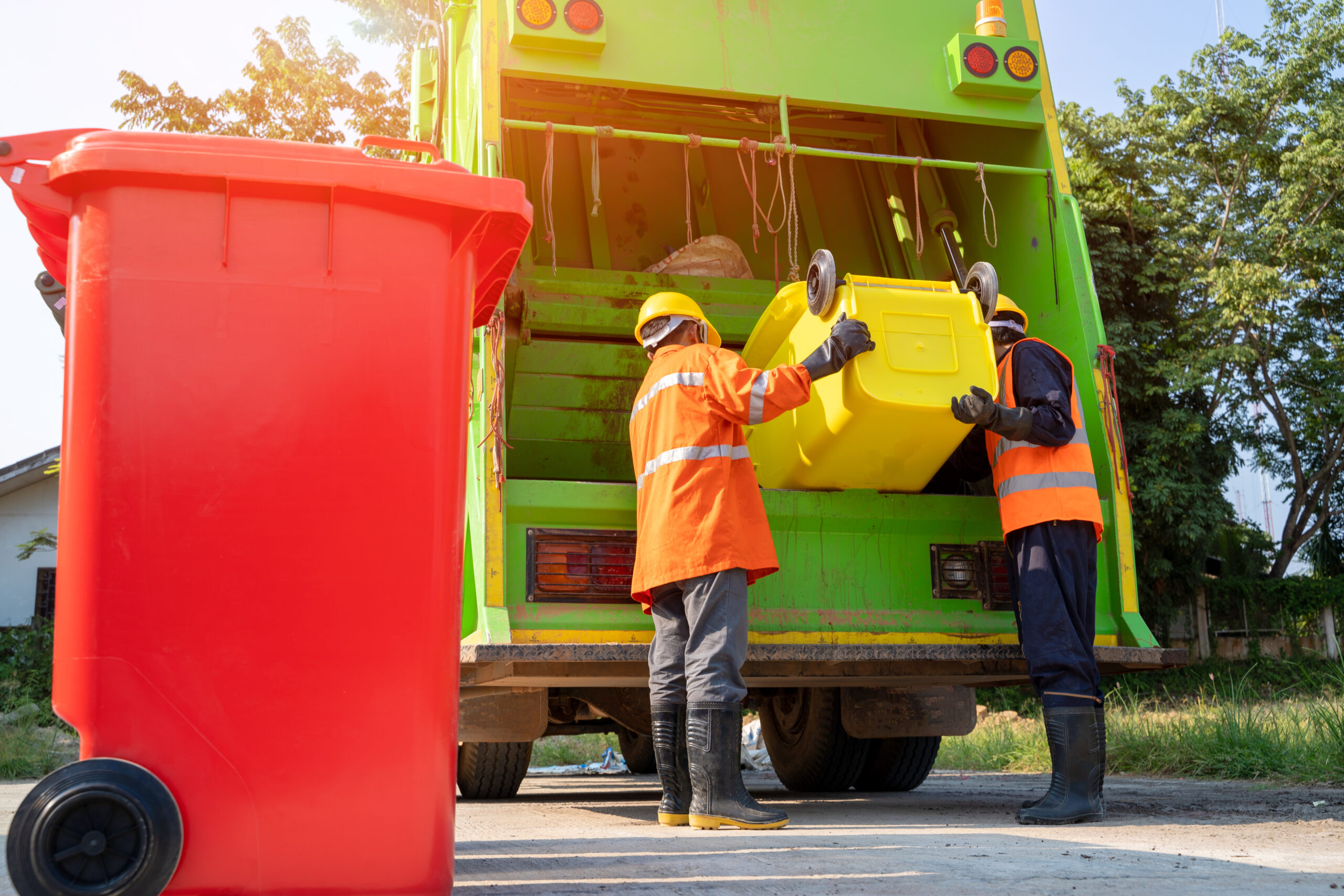If you’re a TV buff like me, you’ve probably seen people hanging around skips. One of my favorite scenes with a dumpster comes from a British series called Ackley Bridge, in which our protagonist Missy and her best friend Nasreen sit atop the dumpster on an abandoned couch and drink cider. But what the heck are skip bins? Don’t worry; we’re here to answer all your questions about skip bins and their use.
About skip bins

Whether they have a capacity of 8, 10, 15, or 30m3, skips are essential tools for collecting waste, but their models vary according to the volume or nature of the products collected. The most popular ones that crisscross the communities to collect waste from individuals are called “BOM”, or household waste containers.
In Australia, most of them open at the back of a truck to receive the waste loaded manually or automatically, thanks to container lifting systems. They are sometimes bi-compartmentalized to collect two different materials (recyclable waste and final waste) and can also be equipped with garbage crushers and/or hydraulic arms to recover bulky products.
On the other hand, removable skips are mainly used to recover waste from professionals. Installed on the industrial chassis of collection vehicles, they can be placed and loaded flat by hydraulic jibs (for multi-dumpers) or lifted by an articulated arm.
And whether they are open, closed, or equipped with sidewalls, their purpose is to receive all the waste produced on construction sites or industrial sites before being recovered and sent to various outlets.
1. Recycle bin
Grey or green, rolling or not, equipped with white or yellow lids, your garbage cans are part of this category, depending on the waste received. Their appearance, volume, and characteristics vary according to the different rules set up by the Australian authorities and your type of housing (apartment buildings, individual houses, etc.).
But waste management professionals also use other tools. Among them: are rolling bins with side openings, aluminum models with integrated weighing systems, self-supporting bins designed to facilitate emptying and carting of waste, or pallet boxes (also called stackable bins), which have the advantage of being stackable and transportable by forklift to better collect the materials produced by small facilities. Sites also have wire mesh bins, which are ideal for receiving small quantities of material.
2. Compactors

Mainly used to collect materials produced by industrial companies, waste compactors are boxes equipped with pushers that allow condensing waste (paper, plastic, etc.) to optimize the collection rounds. But in the case of very large volumes, waste management specialists.
These are machines that, by densifying the products received horizontally or vertically, also reduce the frequency of collections. These tools, which vary in sophistication, can be equipped with computerized systems that allow them to monitor their fill rate remotely and send a collection request.
3. Roll-packer
Adaptable to all types of skips, these roller compactors crush the wood or packaging they contain and reduce their volume by up to three times. At the same time, collection costs are reduced by 70% and the volume of air trapped in the containers by 80% where all available space is used.
Put in place to avoid the presence of bins in our streets and make the collection more fluid, the voluntary bins have changed the face of waste management in Australia. Safer is more aesthetic and hygienic than traditional bins; they receive different materials (green waste, paper/cardboard, glass, etc.) and can be buried or semi-buried.
The objective? To collect more (or less often) without polluting our environment. They are collected with the help of remote-controlled articulated arms that lift the columns and empty them into the open bin of a truck. Moreover, although their characteristics vary depending on the community, this equipment can also be equipped with connected filling sensors.
These are small galvanized metal containers for voluntary waste collection from companies, administrations, and local authorities. Easy to move with pallet trucks and sometimes locked with padlocks, they have a capacity limited to 5 m3 to meet the needs of customers with small storage areas.
Looking for help?

For all your garbage disposal and skip bin needs, you ought to call RONCO MINI BINS/SKIP HIRE. This Australian family-owned business has over 20 years in the garbage disposal industry and is at the top of its games.
So what are you waiting for? Contact them now, and they will offer their expertise in garbage removal to both business owners and residents in the Eastern and Northern suburbs of Melbourne. If this hasn’t convinced you yet, check their website and look at their more than competitive prices!






2 Comments
[…] Sound off in the comments section below and tell us what you want to read next and if you want to read more about cleaning. […]
[…] Sound off in the comments section below and tell us what you want to read next and if you want to read more about cleaning. […]